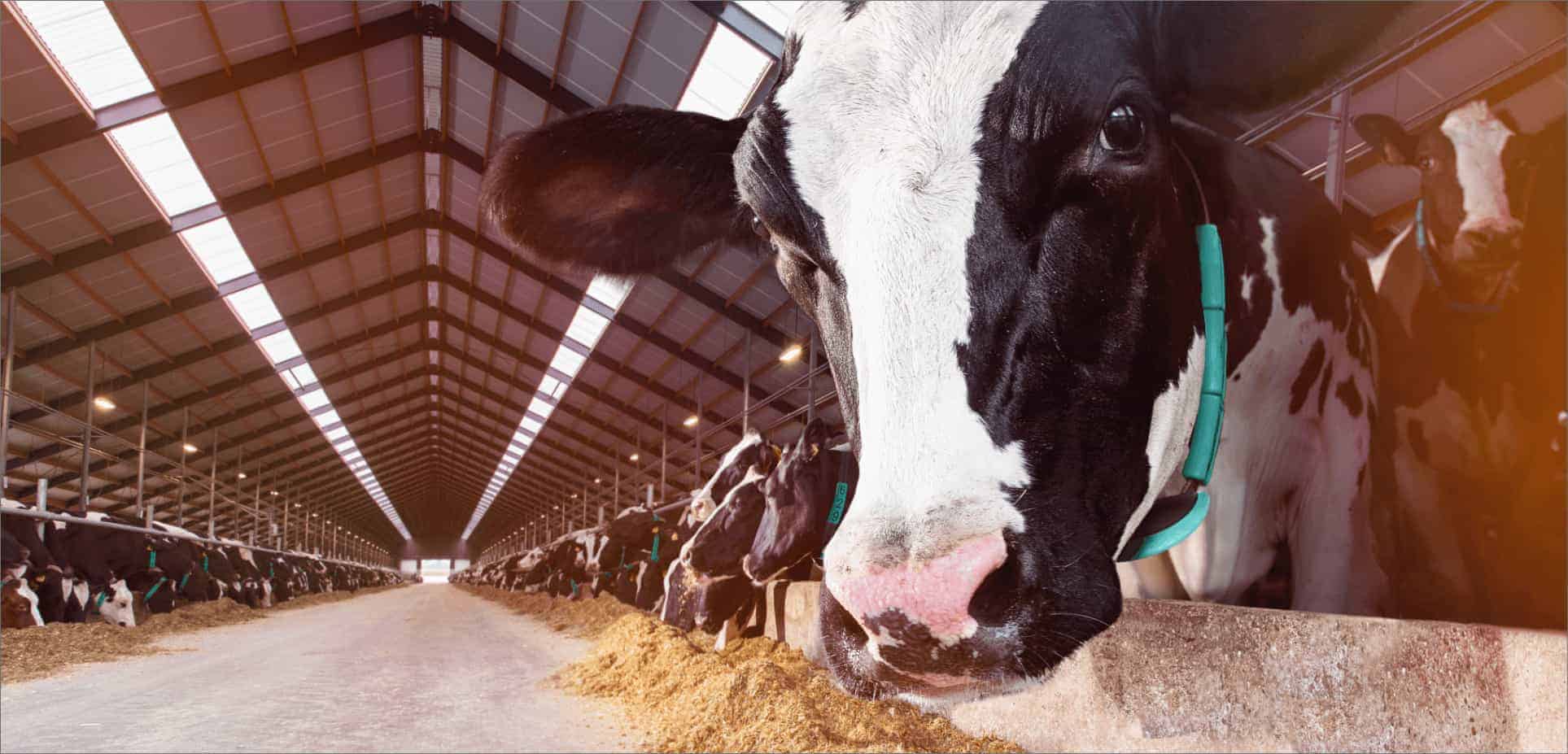
Understanding the Risks: The Dangers of Livestock to Human Health
Introduction:
Livestock play a vital role in providing food, fiber, and companionship to humans worldwide. However, interacting with livestock can pose various risks to human health, ranging from injuries and zoonotic diseases to allergic reactions and environmental hazards. In this blog, we’ll explore the potential dangers of livestock to human health and discuss strategies for mitigating these risks to ensure safe and responsible interaction with animals.
1. Physical Injuries:
One of the most immediate dangers of interacting with livestock is the risk of physical injuries. Cattle, horses, and other large animals can inflict serious injuries through kicks, bites, or trampling, especially when they feel threatened or agitated. Handling livestock requires caution and proper training to minimize the risk of accidents and injuries.
Farmers and livestock handlers should be knowledgeable about animal behavior and body language, ensuring safe handling techniques and proper use of equipment such as halters, leads, and restraints. Additionally, maintaining appropriate facilities and handling systems, such as well-designed corrals and loading ramps, can help reduce stress and minimize the risk of injuries to both humans and animals.
2. Zoonotic Diseases:
Livestock can harbor a wide range of pathogens that can be transmitted to humans, leading to zoonotic diseases. These diseases can be spread through direct contact with animals, ingestion of contaminated food or water, or exposure to contaminated environments such as barns or feedlots. Common zoonotic pathogens associated with livestock include Salmonella, E. coli, Campylobacter, and Cryptosporidium.
To minimize the risk of zoonotic diseases, it’s essential to practice good hygiene and biosecurity measures when handling livestock. This includes washing hands thoroughly with soap and water after handling animals, avoiding contact with animal feces or bodily fluids, and wearing appropriate personal protective equipment (PPE) such as gloves and boots. Additionally, maintaining clean and sanitary living conditions for animals and implementing regular health monitoring and vaccination programs can help prevent the spread of zoonotic pathogens on farms.
3. Allergic Reactions:
Some individuals may experience allergic reactions to proteins found in animal dander, saliva, urine, or feces, leading to symptoms such as skin rashes, respiratory issues, or anaphylaxis. People who work closely with livestock, such as farmers, veterinarians, or animal handlers, may be at higher risk of developing allergies due to prolonged exposure to allergens.
To reduce the risk of allergic reactions, individuals working with livestock should take precautions such as wearing appropriate PPE, minimizing direct contact with animals, and maintaining good ventilation in enclosed spaces. Additionally, seeking medical advice and allergy testing can help identify specific allergens and inform appropriate management strategies, such as immunotherapy or avoidance measures.
4. Environmental Hazards:
Livestock production can contribute to environmental hazards such as air and water pollution, soil erosion, and nutrient runoff, which can have adverse effects on human health. Intensive livestock operations generate large quantities of manure and wastewater, which can contain pathogens, antibiotics, and chemical pollutants that may contaminate nearby water sources and ecosystems.
To mitigate environmental hazards associated with livestock production, farmers should implement best management practices such as proper manure management, nutrient management planning, and erosion control measures. This includes composting or treating manure to reduce pathogens and odors, utilizing cover crops and vegetative buffers to prevent soil erosion and nutrient runoff, and implementing technologies such as anaerobic digesters to capture methane emissions from manure.
- 5. Occupational Hazards:
Working with livestock can expose individuals to various occupational hazards, including ergonomic injuries, respiratory hazards, and chemical exposures. Farmers, ranchers, and agricultural workers may face physical strain and repetitive stress injuries from tasks such as lifting heavy objects, operating machinery, or handling animals.
To minimize occupational hazards, it’s important to provide training and education on safe work practices, proper equipment use, and ergonomics for tasks involving livestock handling and farm operations. Additionally, implementing engineering controls such as ergonomic equipment, ventilation systems, and dust suppression measures can help reduce the risk of injuries and exposures in agricultural settings.
Conclusion:
While livestock play an essential role in agriculture and food production, interacting with these animals can pose various risks to human health. From physical injuries and zoonotic diseases to allergic reactions and environmental hazards, it’s important for individuals working with livestock to be aware of potential dangers and take appropriate precautions to mitigate risks.
By practicing good hygiene, implementing biosecurity measures, wearing appropriate PPE, and maintaining clean and sanitary living conditions for animals, farmers and livestock handlers can minimize the risk of injuries, infections, and allergic reactions. Additionally, implementing sustainable and responsible farming practices can help reduce environmental hazards associated with livestock production, promoting the health and well-being of both humans and animals alike.

